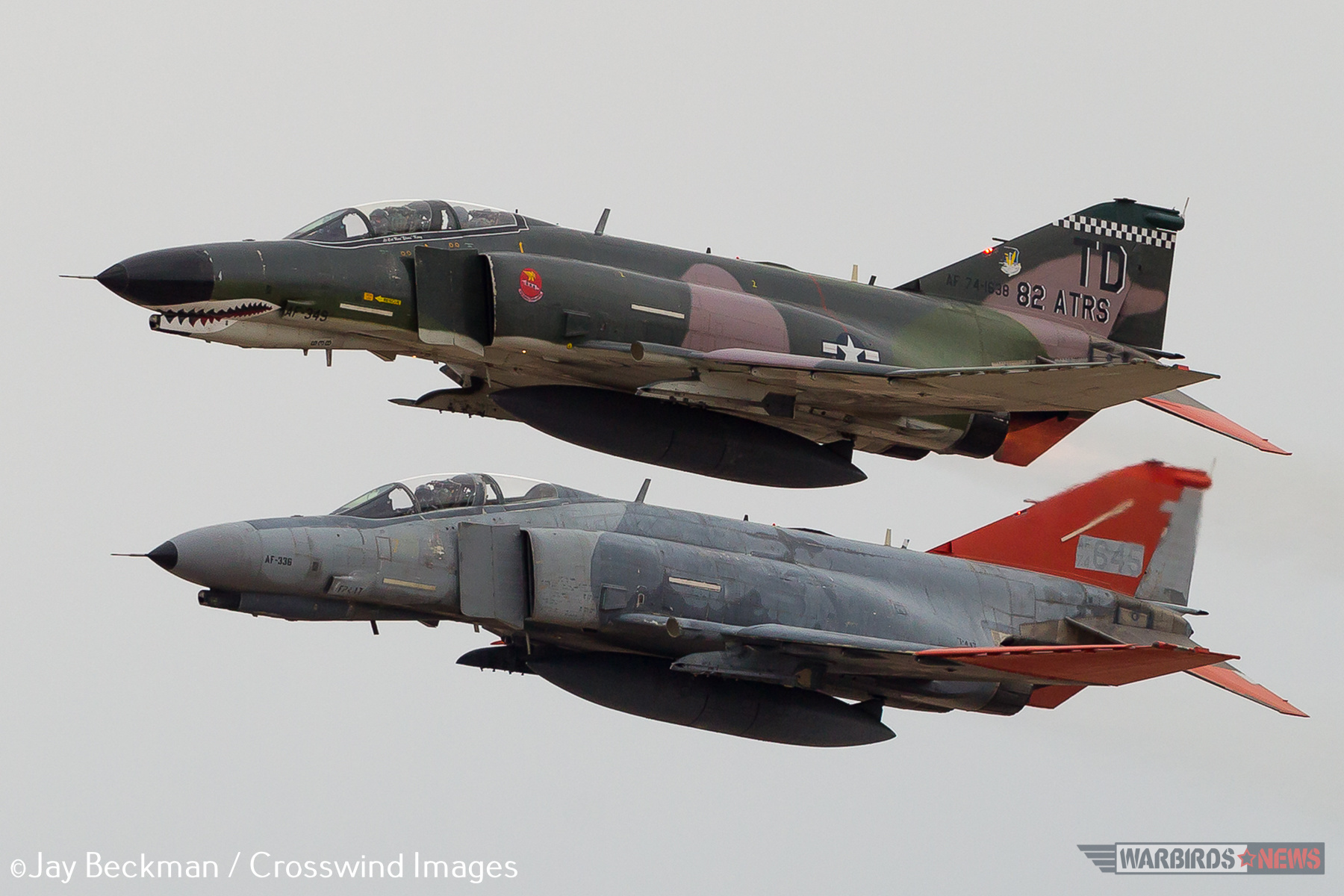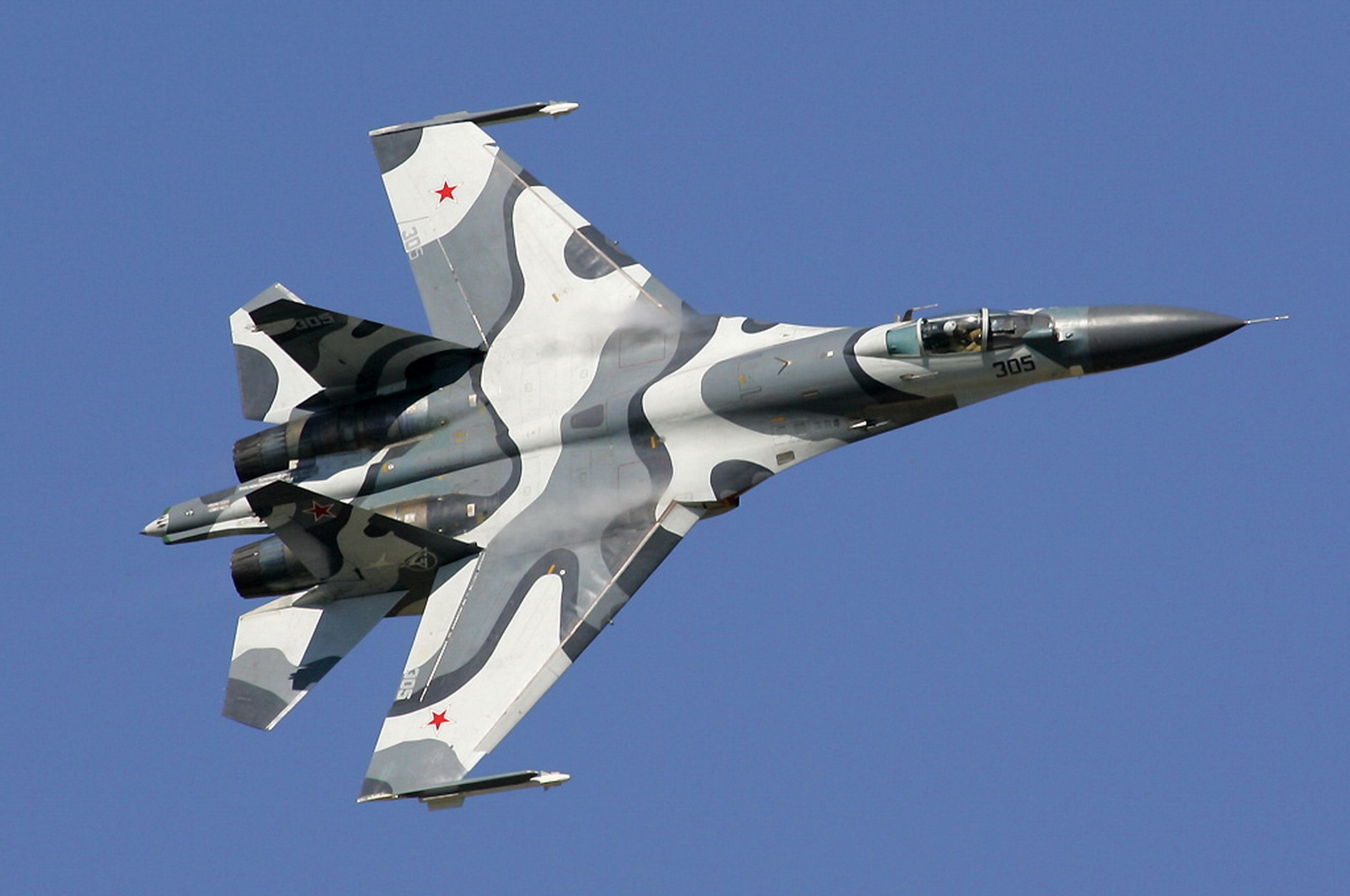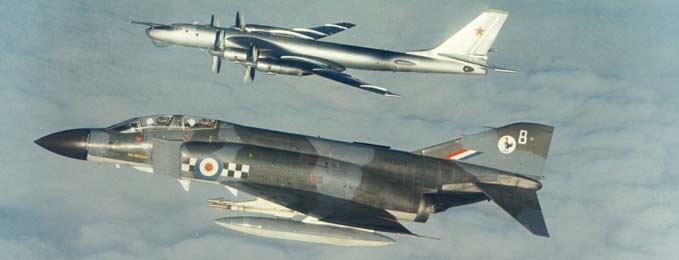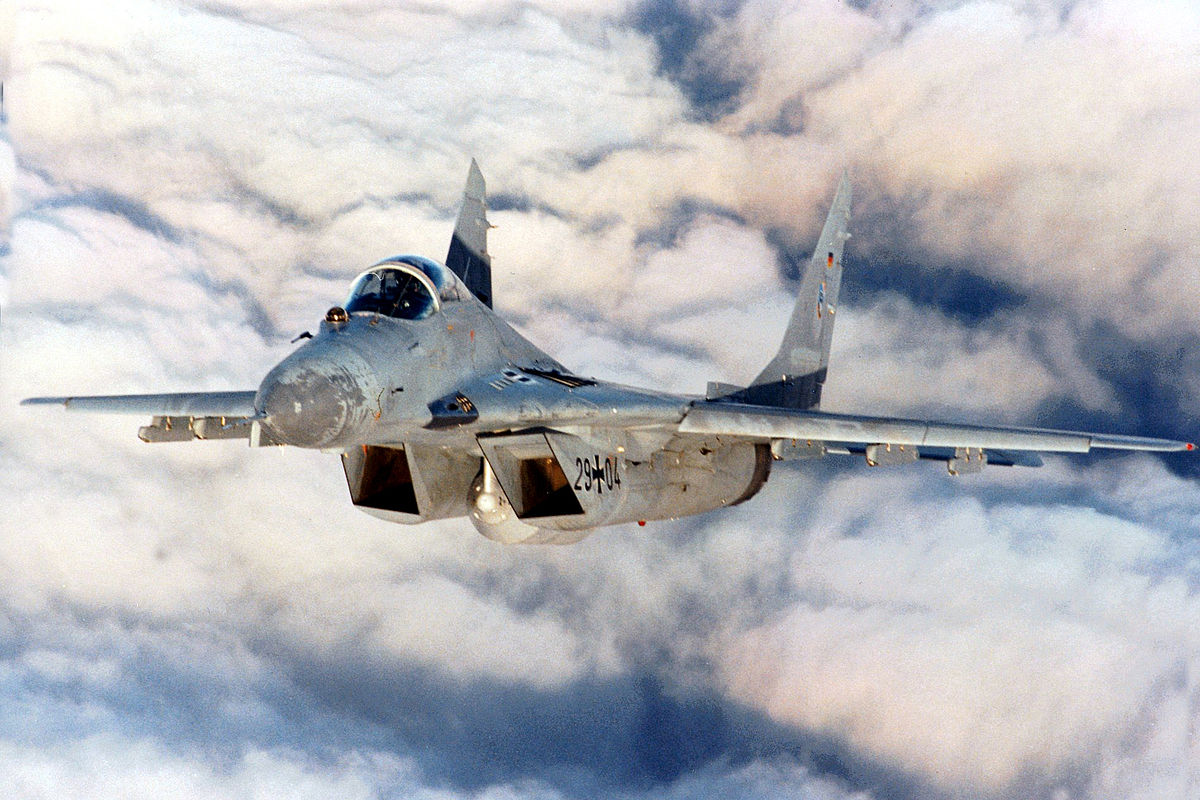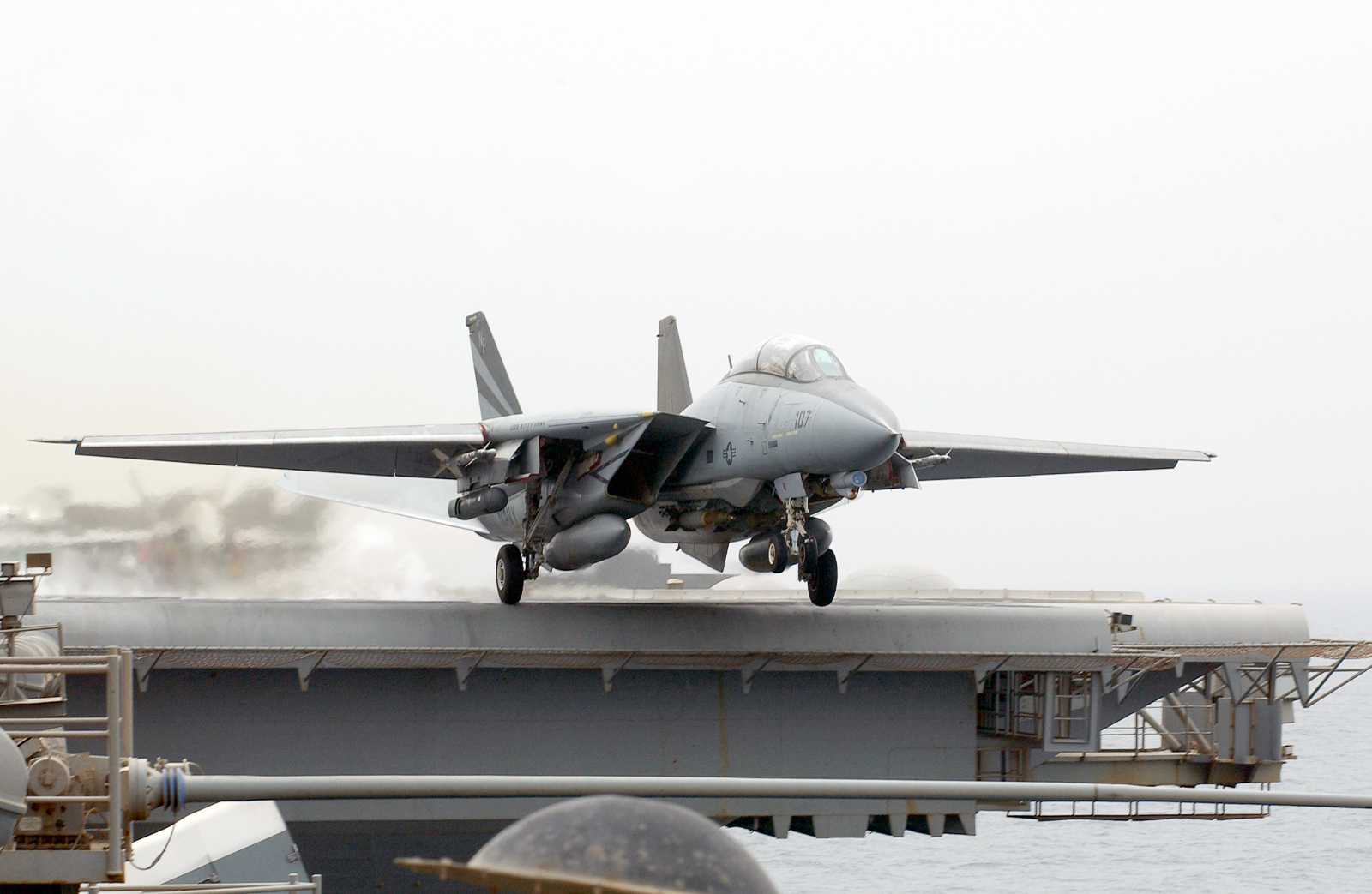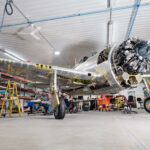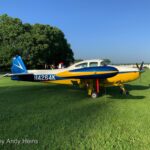SPONSORED ARTICLE
Fighters have been the backbone of war since the invention of air power. With modern jets having a radius of destruction beyond what even the biggest artillery pieces could muster, modern fighters make the ability to shoot down or cripple a bomber, jet, or missile in the air an integral part of any modern air force.
The Cold War between the USA and USSR provided most nations with a great choice of fighters. The two nations both developed some truly great aircraft during that era. They were some of the first real fighter jets to employ air-to-air missiles and many other advances in air warfare technology, even though the Cold War would end with a huge power shift to the USA and the USSR would focus on creating and maintaining the modern air forces their own nations would continue to field. Let’s check the top advanced fighter aircraft further in this post. By the way, all fans of the aviation theme will definitely fall in love with Aviator, Miss Major, and Combat Romance slots. Go and run a Test of Zodiac Casino to understand how state-of-the-art slot machines work.
1 – Sukhoi Su-27 / Flanker-E (NATO: Fulcrum-F / “Flanker”-E)
The Su-27 is the second incarnation of the world’s most successful modern combat fighter. The air force of a former member of the Soviet Union (Russia) began a long development process on the next generation of aircraft in 1975, finally choosing the Su-27 as its main fighter for its air force. It was introduced to the Soviet military in 1983.
This twin-boom supersonic interceptor/ground attack aircraft is now in service with the Russian Air Force, Ukrainian Air Force, and the armed forces of the Central Asian nations of Kazakhstan, Kyrgyzstan, Tajikistan, and Uzbekistan. Despite its size, the Su-27 can carry a range of air-to-ground weapons ranging from the AIM-9L Sidewinder IR missile up to high explosive bombs of up to 500 lb.
F-4 Phantom II
The McDonnell two-place, twinjet, all-weather F-4 Phantom II, with top speeds more than twice that of sound, was one of the most versatile fighters ever built. It served in the first line of more Western air forces than any other jet. Just 31 months after its first flight, the F-4 was the U.S. Navy’s fastest, highest flying and longest range fighter. It first flew May 27, 1958, and entered service in 1961.
The aircraft was named Phantom II on July 3, 1959, during a ceremony held at the McDonnell plant in St. Louis, Mo., to celebrate the company’s 20th anniversary. It remained in production until the company’s 40th anniversary. By then, the numeral “II” had been discontinued; it had become the only Phantom.
The F-4 established 16 speed, altitude and time-to-climb records. In 1959, its prototype set the world altitude record at 98,556 feet (30,000 meters). In 1961, an F-4 set the world speed record at 1,604 mph (2,581 kph) on a 15-mile circuit. By the end of production in 1985, McDonnell had built 5,068 Phantom IIs, and Mitsubishi, in Japan, had built 127.
Modifications incorporated improvements to weapons, avionics, radar and engines. The RF versions were equipped with cameras and surveillance gear for aerial reconnaissance. Armament ranged from cannons to missiles.
F-4s saw combat in both the Vietnam War and Operation Desert Storm and served with the air forces of 11 countries in addition to the United States. Both U.S. military flight demonstration teams, the Navy Blue Angels and the Air Force Thunderbirds, flew the Phantom II from 1969 to 1973.
The 5,000th Phantom was delivered on May 24, 1978, in ceremonies that also marked the 20th anniversary of the fighter’s first flight, and McDonnell Douglas delivered the last St. Louis–built Phantom II in October 1979. By 1998, approximately 800 were still in service around the world.
In 2014, modified Phantoms designated QF-4 were being used as remotely controlled aerial targets over the Gulf of Mexico to test pilots, aircraft such as drones and weapons at Tyndall Air Force Base near Panama City, Fla. In September 2014, the first unmanned QF-16 Viper was successfully tested there as a proposed replacement for the aging QF-4s.
Mikoyan-Gurevich MiG-29
The Mikoyan-Gurevich MiG-29 is the only interceptor aircraft currently in mass production. Its twin-boom supersonic design allows it to intercept, pursue, and destroy enemy fighters in the air and attack ground targets at low altitudes. The MiG-29 is used in the world’s air forces, including that of Russia, Belarus, Armenia, Kazakhstan, India, Algeria, Brazil, Saudi Arabia, Oman, Syria, Uzbekistan, Vietnam, and Indonesia.
The MiG-29 is the world’s most prolific carrier-based fighter jet, with a history of more than 18,000 built since it was introduced in 1980. It still remains in service with various air forces around the world and is believed to remain the most successful and versatile combat aircraft in the world. The MiG-29 is also the only multirole combat aircraft in active service to feature an aft-mounted air-to-air refueling probe. It is, however, a very expensive fighter with no foreign-purchase contract or domestic production in other countries.
Grumman F-14 Tomcat
Advancements during the Cold War in Soviet long range patrol and bomber aircraft dictated a requirement for a fleet defense fighter that could engage high-altitude bombers from well beyond visual range. The iconic F-14 Tomcat was Grumman’s answer. Equipped with long range AIM-54 Phoenix air-to-air missiles, F-14s could engage multiple hostiles over 90 miles away. Needing an interceptor’s high speed while carrying this heavy ordnance, Grumman produced the highly effective variable sweep wing of the F-14, enabling it to operate at a wide range of airspeeds.
The Navy’s search for an advanced carrier-based air superiority fighter led to evaluation of General Dynamics’ F-111B, an aircraft that would promote the Department of Defense’s aim of commonality with the Air Force and its F-111A. The F-111B, having been modified to meet Navy mission requirements, was deemed too heavy for carrier operations and the contract was cancelled in April 1968. Subsequently, the Navy inaugurated a new design contest for what was termed the VFX program, the two primary competitors being McDonnell Douglas and Grumman.
While McDonnell Douglas evaluated a navalized version of the F-15, Grumman’s Model 303 proposed a variable-geometry, two-seat, twin-engined design built around the Hughes AWG-9 weapons system. Grumman had gained considerable experience with “swing-wing” technology from its earlier XF10F Jaguar that had been built only as a prototype. The need for rapid development and fielding of the aircraft dictated adoption of Pratt & Whitney TF-30 turbofans similar to those used in the F-111.
Following Grumman’s tradition of naming its aircraft after cats, the new “Tomcat” made its first flight in December 1970. After a number of changes following flight testing, the first F-14As were delivered to the Navy in June 1972, with Fighter Squadron (VF) 124 designated to provide crew training. On the West Coast, VF-1 and VF-2 were the first operational squadrons to receive the new aircraft, while on the East Coast VF-14 and VF-32 became the first Atlantic fleet Tomcat squadrons. In 1974, the Marine Corps prepared to stand up VMFA-122 at NAS Miramar, but the program was cancelled when the Marine Corps decided to retain modified versions of the dependable F-4J Phantom II.
The F-14 saw its first combat in August 1981, downing two Libyan Su-22 fighters over the Gulf of Sidra. It saw considerable duty in the Gulf War, Iraq and Afghanistan. The last F-14 retired from active service with VF-213 in 2006. The Museum’s F-14A (Bureau Number 157984) is the fifth Tomcat produced and was one of the prototypes used in the early testing of the aircraft. It is the first F-14 Tomcat ever placed on public display.







